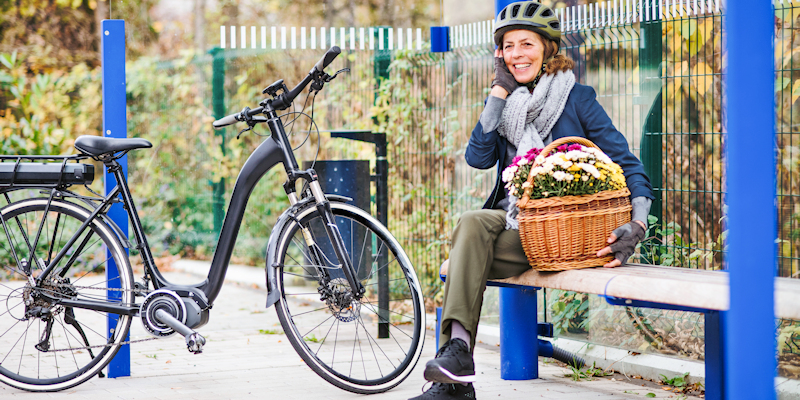Research project
Accelerating innovation in new mobility services: matching sustainable new business models to local potential
- Start date: 2 January 2018
- End date: 2 January 2021
- Funder: ESRC
- Value: £451,000
- Primary investigator: Dr Ian Philips

There is an urgent need for carbon reduction in the transport sector. This project examines the capability of people in particular places to rapidly reduce transport carbon emissions whilst at the same time trying to spot social vulnerabilities, which might occur during rapid change. E.g. are some people unable to use new low carbon technologies or maybe they might not be able to afford them.
To do this I usually bring together quantitative spatial data calculate indicators or measure to explain what is going on and map the results. Promoters of new mobility services (NMS) such as ride-hailing and Mobility as a Service say they offer a sustainable transport future and a route to decarbonisation.
However, we need to critically assess where and how these services can contribute to carbon reduction, and where there is a risk of creating even greater demand for mobility and either increasing carbon emissions or hindering the rapid reduction that is needed.
Impact
This project was an ESRC fellowship which ran from 2018-2021. As an example of the output the piece of work below was used as a case study by the CREDS research centre https://www.creds.ac.uk/publications/e-bikes-could-slash-transport-emissions/
Thanks very much for alerting us to this research. It’s of great interest to us, given that we promote e-bikes for both health and environmental reasons.
Cycling UK
Publications and outputs
Philips I, Walmsley A, Anable J. 2020. A scoping indicator identifying potential impacts of all-inclusive MaaS taxis on other modes in Manchester. Transport Findings (in press)
Philips I, Anable J, Chatterton T. 2019. A small area estimation of the capability of individuals to replace car travel with walking, cycling and e-bikes and its implications for energy use. ECEEE Summer Study ECEEE Summer study Proceedings , pp. 1097-1104
Pearce M, Macklon G, Dallas M, Philips I. 2019. A spatial microsimulation approach to modelling capacity for active travel in Scotland. STAR Scottish Transport Applications and Research 2019 STAR Conference Proceedings
Brand C, Anable J, Philips I, Morton C. 2019. Transport Energy Air pollution Model TEAM: Methodology Guide. In: Transport Energy Air pollution Model TEAM: Methodology Guide. , pp. 1-120
Published paper: Philips, I., Anable, J., Chatterton, T., 2022. E-bikes and their capability to reduce car CO2 emissions. Transport Policy, 116: 11–23. doi: 10.1016/j.tranpol.2021.11.019Opens in a new tab
Downloads
Elsevier: Most downloaded articlesOpens in a new tab
CREDS briefing: e-bike carbon savings – how much and where?
BBC: Electric bikes ‘could help people return to work’Opens in a new tab
Department for Transport: Call for evidence the Future of Transport: rural strategyOpens in a new tab
The CCC: Committee on Climate Change’s 6th Carbon Budget Report – Transport Sector SummaryOpens in a new tab
HS2: High Speed Rail Group evidence to Department of Transport Transport Decarbonisation report, pdfOpens in a new tab (27 pages, 2.2 MB)
Grantham Institute: Financing climate action with positive social impact: How banking can support a just transition in the UKOpens in a new tab

